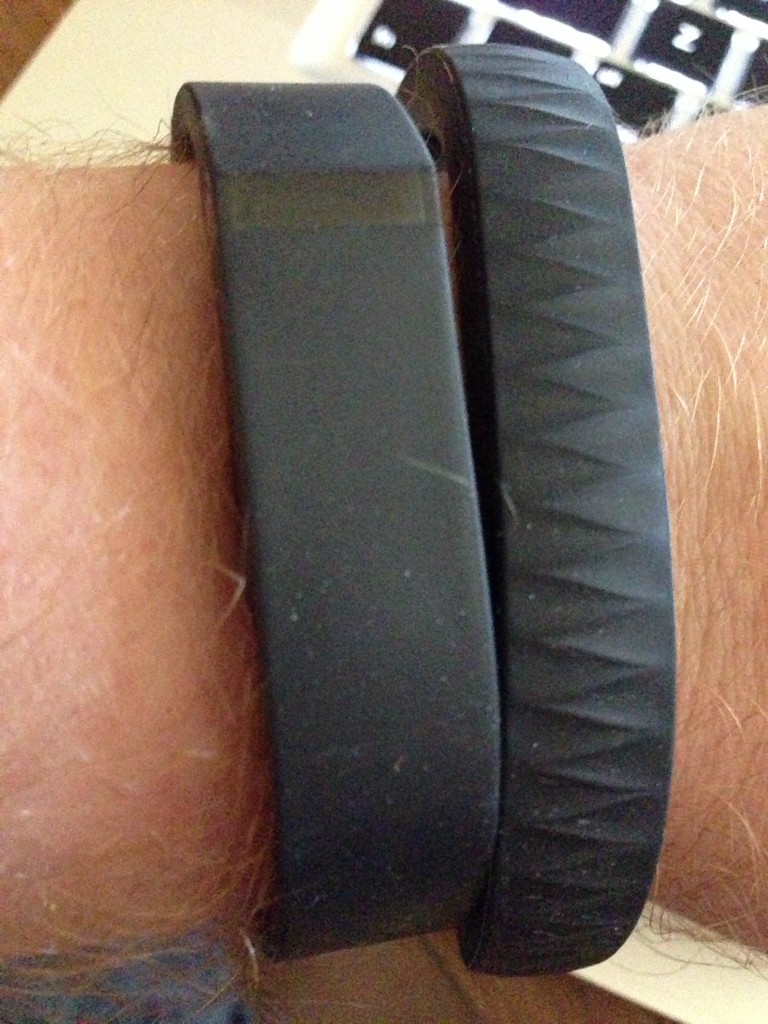Jawbone Up (v2) vs Fitbit Flex – Setup Comparison
Introduction
I purchased the Jawbone Up shortly after it was first announced. Unfortunately there were a number of QA issues with the version 1 band which left me contacting Jawbone over and over for replacements. Once the iPhone 5 was released, the original Up didn’t work anymore and I was left without a “fitness tracker” of any sort.
When the Up 2 was released, I was lucky enough to get one very early on. I’ve been very pleased with the Up in general but being a tech guy, I am always wanting to try new things, so I decided to go out and get a Flex. Well, ok I wanted a Flex since they were announced but they’ve been backordered just about everywhere online and sold out in store. I found one at a Best Buy today when picking up an AppleTV so I figured it was a sign that I should get it. At least that’s what I’ll tell my wife 🙂
The Up and Flex have a number of similarities, they have a very limited interface on the hardware itself, they are more meant to blend in to your attire and just be part of you rather than be more of a fashion statement ( like the Nike Fuel band ). The Flex and Fitbit both track daily steps, calories burned and consumed ( if you use their apps/website or integrate with a 3rd party app like MyFitnessPal, more on that in a later post ).
Setup
The Up and Fitbit are both very easy to get started with. Unpackage the device, download the App, create an account and pair the device. For the Up this involves connecting the band to the phone by plugging it in to the headphone jack. Whenever you want to update your data to the app, you need to take the bend off your wrist, take off the cap and plug it into your phone. For the Flex you press “connect” and it pairs through bluetooth, and anytime you want to update your data you just open the app and the data updates.
You can then go in and customize your information such as height, weight, stride length and other information.
Both apps use your age, height and weight to calculate your BMR which will be used in conjunction with your activity to calculate your total calories burned.
As days pass I’ll work on getting up a solid comparison on the two devices in just about every aspect I can think of.
